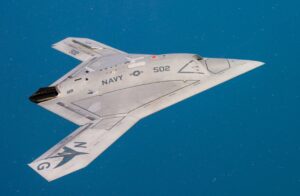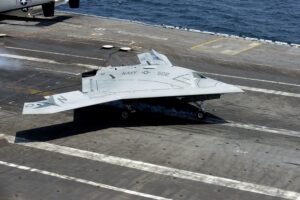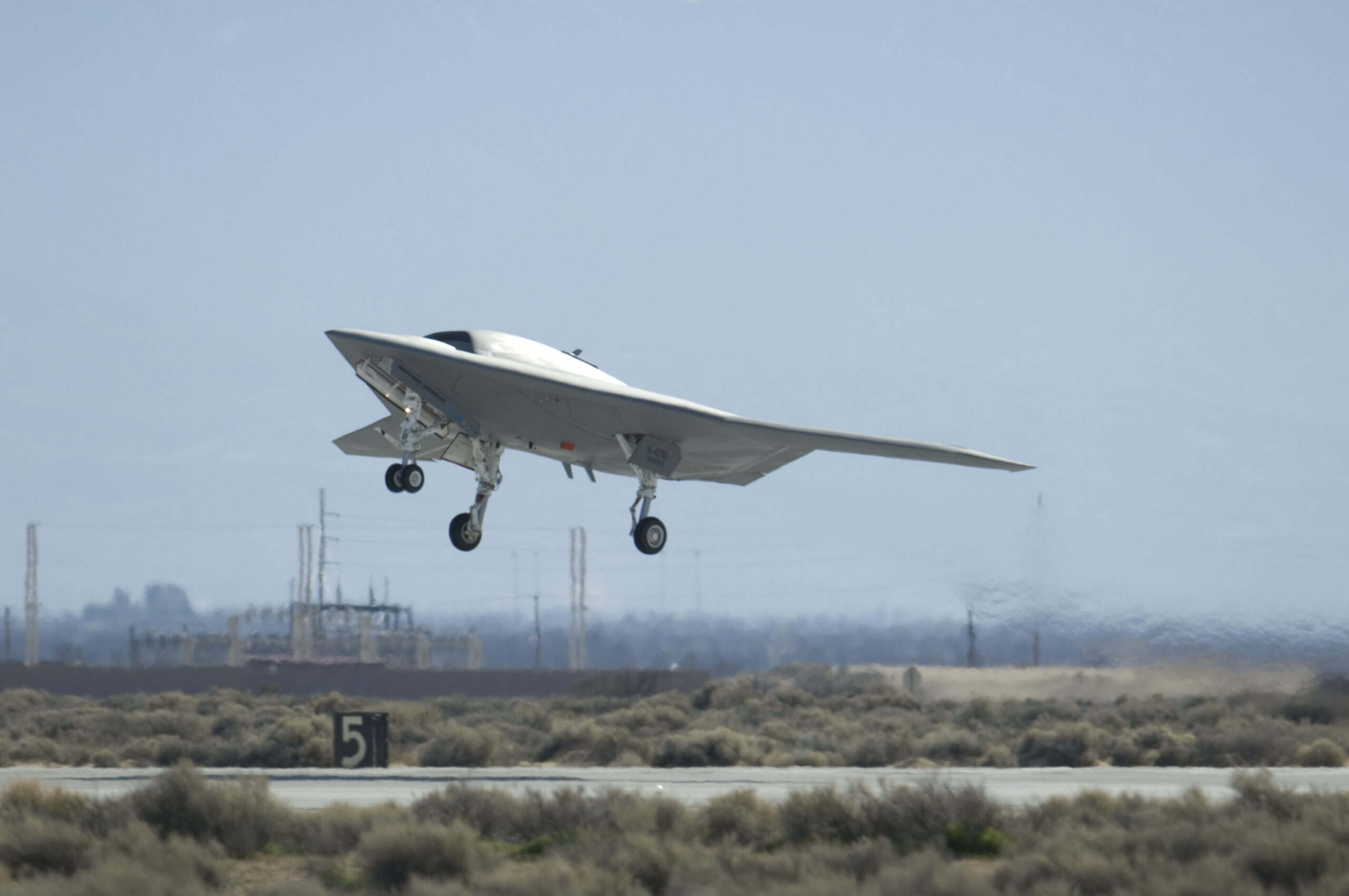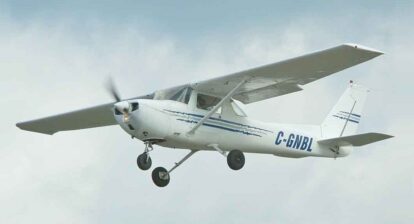Unveiling the Northrop Grumman X-47B: Pioneering Unmanned Flight
 In the realm of aerospace innovation, the Northrop Grumman X-47B stands as a symbol of technological prowess and a testament to humanity’s relentless pursuit of progress. Since its maiden flight in 2011, this cutting-edge marvel has captured the imagination of aviation enthusiasts and industry experts alike, reshaping the boundaries of unmanned flight and shaping the future of airborne operations.
In the realm of aerospace innovation, the Northrop Grumman X-47B stands as a symbol of technological prowess and a testament to humanity’s relentless pursuit of progress. Since its maiden flight in 2011, this cutting-edge marvel has captured the imagination of aviation enthusiasts and industry experts alike, reshaping the boundaries of unmanned flight and shaping the future of airborne operations.
A Glimpse into History: The Birth of X-47B
The X-47B project emerged from the collaborative efforts of Northrop Grumman and the United States Navy, with a vision to revolutionize carrier-based aviation. This revolutionary drone made its inaugural flight in 2011, signaling a paradigm shift in the way we approach aerial reconnaissance, surveillance, and strategic strike missions.
A Cinematic Encounter: X-47B in Pop Culture
The X-47B’s groundbreaking capabilities haven’t just captivated the aerospace community—it has also made its mark on the silver screen. In the TV series “24: Live Another Day,” and the documentary “Nova: Rise of the Drones,” the X-47B’s futuristic design and potential have been showcased, reflecting its profound impact on popular culture.

U.S. Sailors move a U.S. Navy X-47B Unmanned Combat Air System demonstrator aircraft onto an aircraft elevator aboard the aircraft carrier USS George H.W. Bush (CVN 77) May 14, 2013, in the Atlantic Ocean. The George H.W. Bush was the first aircraft carrier to successfully catapult-launch an unmanned aircraft from its flight deck. (U.S. Navy photo by Mass Communication Specialist 2nd Class Timothy Walter/Released)
Engineering Excellence and Technical Marvels
At the heart of the X-47B’s success lies its state-of-the-art engineering. The drone’s advanced avionics, stealth capabilities, and autonomous flight systems have propelled it to the forefront of unmanned aviation. Its versatility in carrying out complex missions and its ability to seamlessly integrate with carrier operations have positioned it as a game-changer in modern warfare and surveillance.
Investment and Advancement: From Inception to Reality
The X-47B’s journey from concept to reality was fueled by substantial investment and determination. The project initially secured a US$635.8 million contract from the Navy in 2007, underlining the strategic importance placed on unmanned capabilities. However, the pursuit of excellence came at a price, as the program’s total cost reached an estimated $813 million by January 2012, showcasing the dedication to innovation.
Unveiling the Future: X-47B’s Legacy and Beyond
While the X-47B may not see operational deployment, its impact is far-reaching. The invaluable insights and lessons gleaned from its development will seamlessly transition into the Unmanned Carrier-Launched Airborne Surveillance and Strike (UCLASS) system, a testament to the program’s enduring legacy and its role as a precursor to even more remarkable technological achievements.
Charting New Horizons: A Promising Tomorrow
As we marvel at the Northrop Grumman X-47B’s achievements, we must also look ahead to the boundless possibilities that lie on the horizon. Its story serves as an inspiration to future generations of aerospace engineers, reminding us that innovation knows no bounds and that the sky is no longer the limit.

130710-N-LE576-002 A U.S. Navy X-47B Unmanned Combat Air System makes an arrested landing aboard the aircraft carrier USS George H.W. Bush (CVN 77) as the ship conducts flight operations in the Atlantic Ocean off the coast of Virginia on July 10, 2013. The successful landing marks the first time a tail-less, unmanned autonomous aircraft landed on a modern aircraft carrier. DoD photo by Capt. Jane E. Campbell, U.S. Navy. (Released)
By Vicente Jubes – Aviation Network Group
For further reading and references, please visit: Wikipedia – Northrop Grumman X-47B
Remember to explore our magazine section: Aviation Network Magazine
Connect with us on LinkedIn: Aviation Network LinkedIn Group






